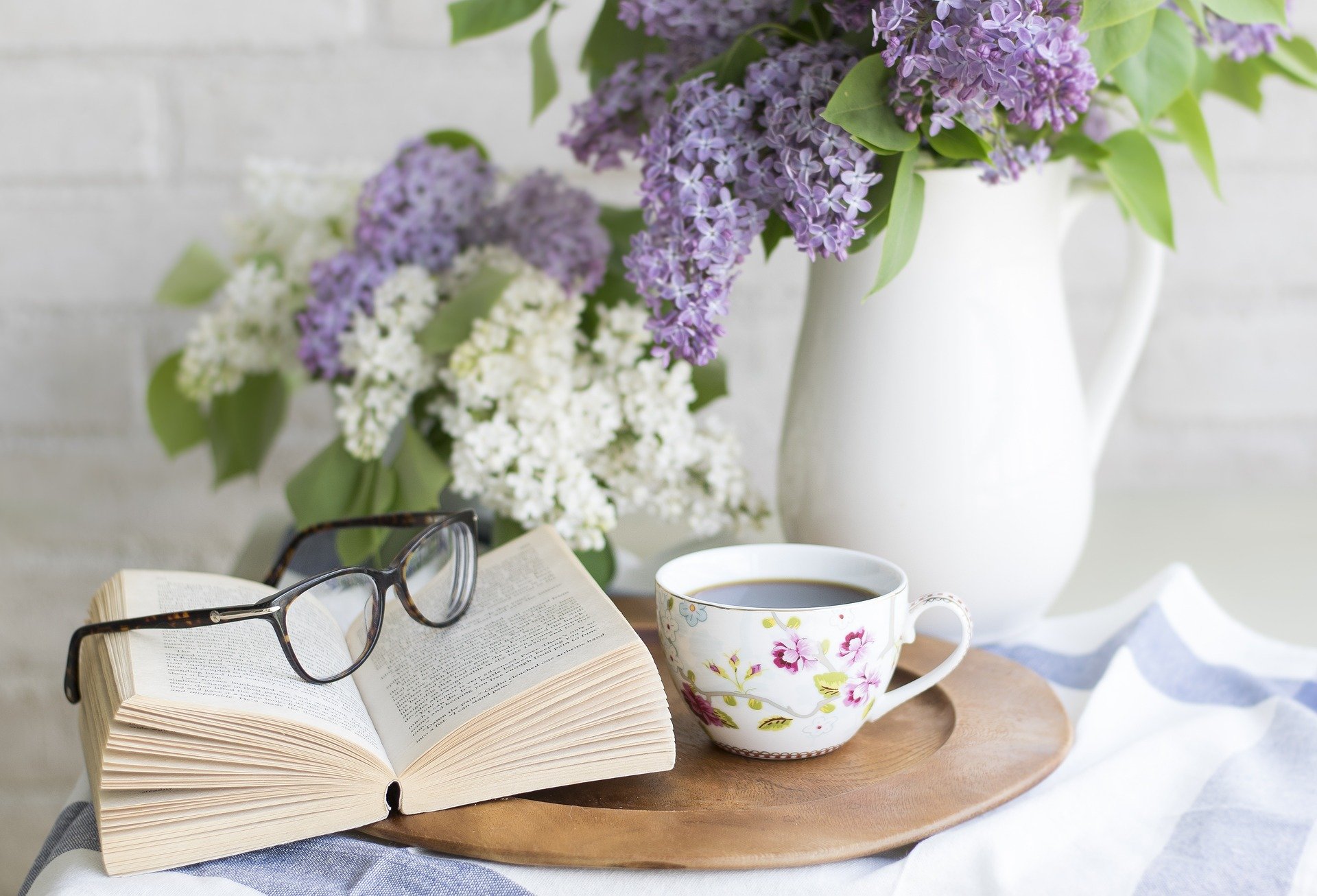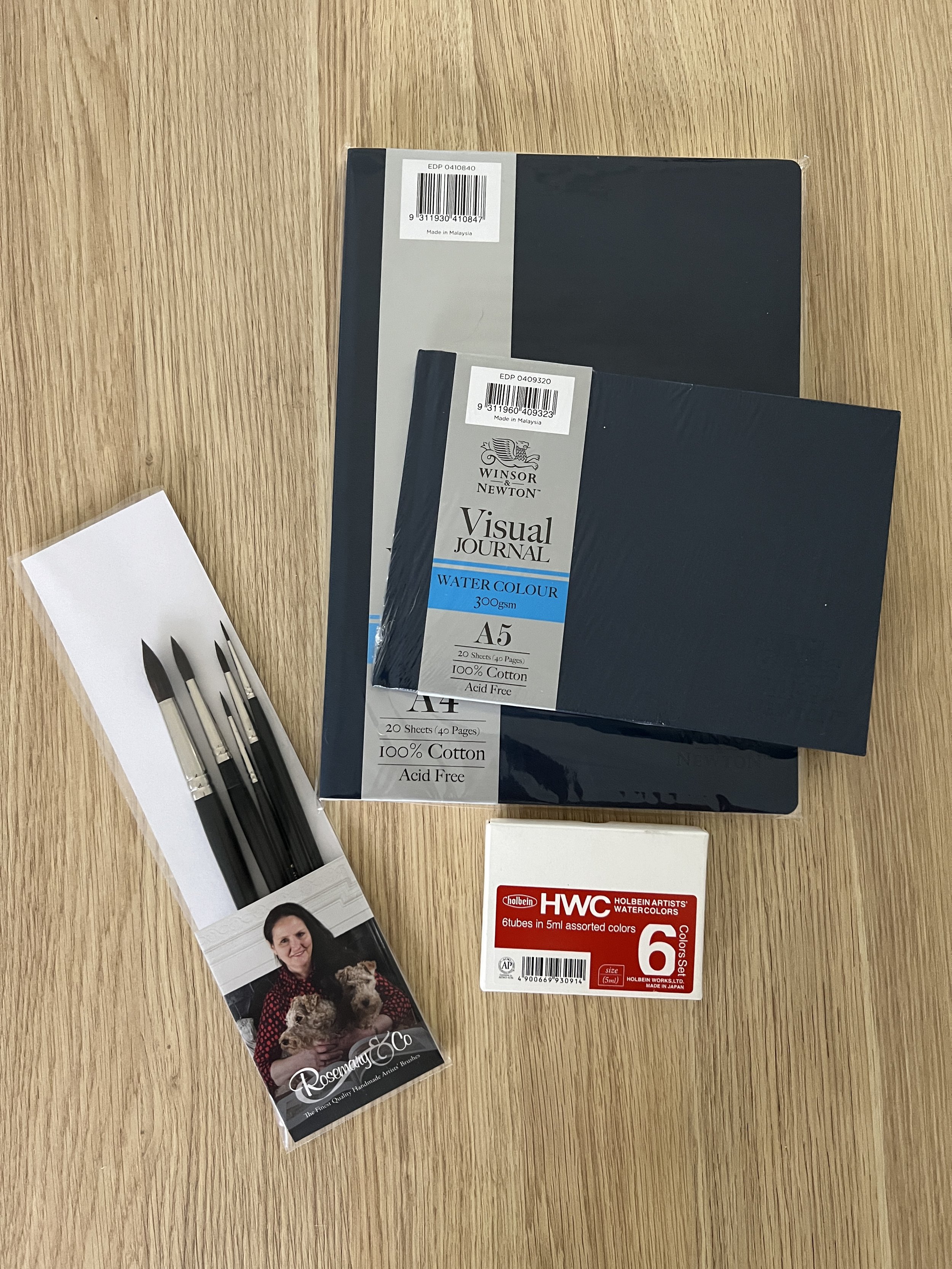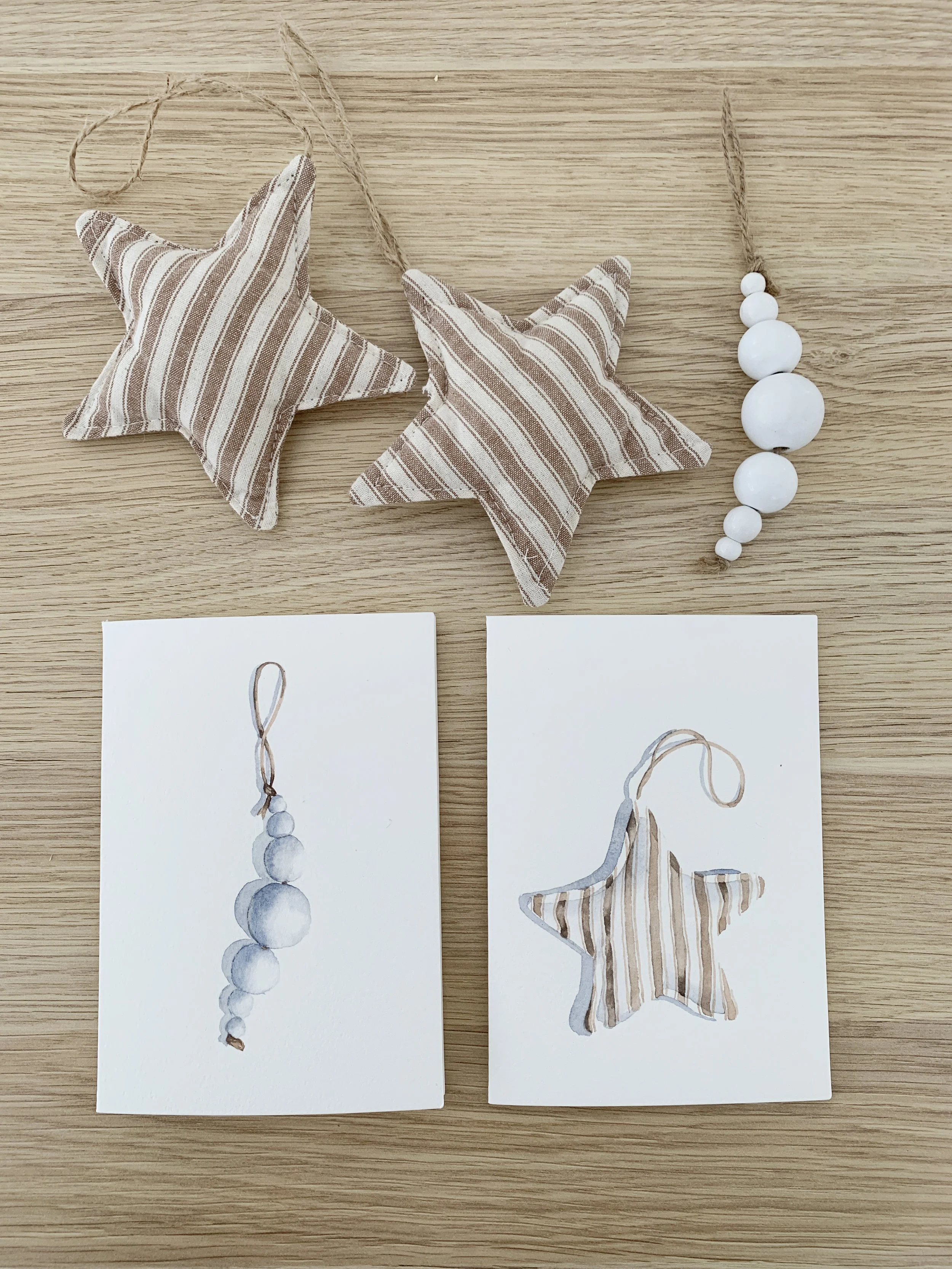11 Ways To Overcome Art Block (That Actually Work)
As an artist, encountering creative blocks is as inevitable as the next stroke on a canvas. These obstacles can stem from various sources — internal pressures, external distractions, or even the daunting blankness of a fresh canvas. However, each block offers a unique opportunity to deepen our artistic practice and discover new avenues of expression.
Art Blocked? Insights and Strategies for Overcoming Creative Barriers
Let's dive into some common creative blocks and explore practical ways to move past them. I will talk about tips and tricks to handle that tricky situation, as well as my go-to strategy for working through that phase myself.
I get art block occasionally and making art can be difficult.
What Causes Art Block?
Artistic block is a deeply personal and varied experience, and the reasons behind it can differ significantly from one artist to another. While some common factors like fear of failure, perfectionism, and external distractions often contribute to creative blocks, the specific triggers and their impacts can vary widely.
Each artist's journey through a creative block is unique, shaped by individual experiences, environments, and internal dialogues. Recognising this diversity is crucial in finding the most effective strategies to overcome these creative barriers.
My experience with artist block as a professional artist
Artist block hit me hard for several years until I decided to try my hand at watercolour.
For ten years, acrylic painting was a source of immense joy and became a core part of my identity. Then, unexpectedly, my passion for it disappeared, leaving me disoriented and somewhat incomplete. This loss was so profound that I set aside my brushes for several years, opting instead to attend university and train as a school teacher. Despite this new path, the deep-seated yearning for artistic expression remained, casting a shadow of sadness over me.
After years of feeling lost, a glimmer of hope emerged in the form of watercolour. Once more I felt the warmth of artistic fulfilment and I was on my way again.
So how do you get back on track when you lose your motivation for painting? I’m glad you asked. I have a few tips to reignite your passion and to overcome artist's block.
Breaking Free from Perfectionism
Just create art for the sake of creating art. Not every piece you create will be successful. Learn from your mistakes.
Perfectionism can be an artist's greatest hurdle. It is that critical voice inside that tells us our work must be a museum-worthy masterpiece right from the first stroke. But here's a liberating thought: art isn't about perfection; it's about expression. To combat this art block, start by setting the intention to paint for the process itself, not the outcome. Allow yourself the freedom to make 'mistakes,' which are often stepping stones to your unique style.
Making Time to Create
Another common challenge is finding time in our busy schedules for art. Like any important appointment, our creative endeavours deserve a slot in our daily routines. Schedule regular, uninterrupted time to paint. Even short daily sessions can lead to significant progress and help maintain a creative rhythm. It doesn't have to be one creative project - sometimes a little doodle session helps us to switch off rational thinking and allows us to be in the flow.
If you feel stuck, schedule a painting date with your journal and paint some simple shapes.
Embracing the Fear of Failure
Fear of failure is a formidable foe. It whispers in our ears that our efforts might not measure up, or that our visions won't be realised as we hope. However, every artist must remember that each piece is a learning experience, not a test. No breakthroughs can be made, while staying in your comfort zone. When fear looms, push through by reminding yourself that the real joy comes from creation, not just the final product.
Handling Criticism and Distractions
Criticism, whether from ourselves or others, can dampen our creative spirits.
Criticism, whether from ourselves or others, can dampen our creative spirits. Self-doubt can be a very effective block to artistic freedom. Ask yourself who that inner critic really is and if you can block that voice out. Create a mental filter to keep constructive feedback and discard discouraging comments.
Equally, in our hyper-connected world, distractions are everywhere (doom-scrolling - I am looking at you!). Dedicate a specific space for painting that is free from interruptions, and consider time-blocking strategies to keep distractions at bay.
Comparing Less, Creating More
In the age of social media, it’s easy to fall into the trap of comparing our work with that of others. Remember, your artistic journey is uniquely yours. Draw inspiration from others, but focus on cultivating your voice and style. Celebrate every small victory along the way.
Sometimes that blank page can be overwhelming and contribute to artist's block. Paint some simple sketches in a journal instead.
Overwhelmed by the Canvas
Sometimes, the scale of what we want to achieve can feel overwhelming. When this happens, break down your project into manageable steps. Start with simple sketches or small studies to ease into the larger work. This approach can make even the most ambitious projects feel more attainable.
Mental or Physical Exhaustion
From my own experience, I know all too well that physical and mental exhaustion can stifle your creative spirit. It's essential to acknowledge when you're feeling drained - ignoring it only deepens the exhaustion. For artists, taking care of our bodies and minds is as crucial as perfecting our craft. When I feel overwhelmed or fatigued, I prioritise activities that replenish my energy. This could be something as simple as riding my bike together with my husband Dom, reading, or ensuring I get enough restful sleep.
Regular exercise can help with art block.
Breathe, and know it will pass
There is no shame in taking a break when you are in a creative rut. Sometimes, setting smaller, manageable goals can prevent feelings of burnout. Remember, it’s okay to step back and rest—your art will not suffer for it. In fact, you'll likely find that after a break, you return to your work with renewed vigor and fresh perspectives. So, listen to your body and mind, take a break, and give yourself permission to rest when needed. Your creativity will thank you for it.
Image by Sofia Iivarinen from Pixabay
Feel and work with your tools, colours, and materials
Find inspiration with new art supplies. (As if we need an excuse 😊)
Reconnecting with your artistic materials can be a profound way to reignite your passion for painting. Take some time to really engage with your paints, brushes, and paper. Feel the textures of the brushes, observe the flow of the paint, and admire the blend of colours on your palette. This sensory connection can help stir emotions and spark creativity that may have lain dormant. Experiment with colours you typically avoid, or try different brush strokes to explore new expressions.
Sometimes, just the act of physically touching and manipulating your art supplies can rekindle the joy of creation. It’s not just about seeing art as a product, but rediscovering it as a process—a tactile and dynamic experience that is as therapeutic as it is expressive. Many of my Patrons find joy and rekindled passion by treating themselves to new materials and supplies. Whatever works to combat feeling stuck, uninspired and overwhelmed, is valid.
Change up your creative space
Refreshing your creative space can also play a crucial role in overcoming artistic blocks. Consider reorganising or redecorating your studio or workspace. A change in environment can stimulate the senses and inspire new ideas. Perhaps introduce elements that elevate your comfort and inspiration, like adding plants for a touch of nature, or hanging inspirational artworks or quotes that speak to you.
Adjusting the lighting can also dramatically change the mood of your space, perhaps making it warmer and more inviting. The goal is to make your creative area a sanctuary that excites you to return to it day after day, and that aids you when you lack inspiration. This physical transformation and breath of fresh air can mirror and encourage a mental shift, helping to break through any creative barriers you might be facing.
Finding inspiration
My favourite technique for overcoming artist block: I have a Pinterest board where I pin art that I love from artists all around the world. I call it ‘art adoration’. Whenever I feel a bit unenthusiastic about painting, I scroll through it. It never fails to motivate me.
While specific strategies are crucial for overcoming blocks, integrating creativity into your everyday life can also foster a more prolific artistic journey. Make creativity a habitual part of your daily routine, not just during scheduled painting sessions. My Patrons on Discord have a mantra: Paint every day.
Carry a small sketchbook to capture ideas as they come, or use moments of stillness to envision new projects. Engaging with other forms of art, like visiting galleries, reading poetry, or listening to music, can also stir your imagination and inject new perspectives into your work. By allowing creativity to permeate all aspects of life, you cultivate a fertile ground for inspiration, making it easier to start each new piece with a vibrant spirit and a fresh mind.
Overcome art block by making painting a habit - just like cleaning your teeth.
Every artist faces art block, but these challenges don't have to stifle our creativity. They can be catalysts for growth, creative process, and innovation. By adjusting our mindset, organising our space and time, and gently pushing against our comfort zones, we can keep our creative energies flowing. Remember, the path of an artist isn't a sprint but a marathon, enriched by every hurdle overcome, and every lesson learned along the way.
By embracing these strategies, we can turn our creative blocks into stepping stones, continually evolving and refining our craft. Let each painting be a testament not only to our artistic ability but to our resilience and dedication to our art.
You can overcome artist's block - I believe in you!
If you are interested in learning to paint in watercolour, I have over 170 online, voiced over watercolour tutorials for all skill levels.

















